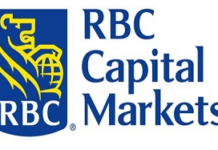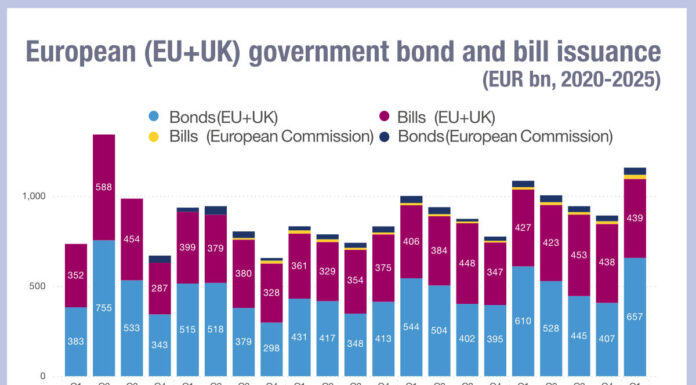Adroit Trading Technologies has raised US$15 million in a Series A round led by Centana Growth Partners. The cash will be spent on expanding the firm’s client base and investing in research and development. Adroit founder Anil Jaglan, spoke to The DESK on the enterprise-wide considerations when selecting an execution management system (EMS) provider, the wider competitive EMS landscape and the key value-adds that bond traders can get from an EMS which a venue cannot provide.
Adroit provides an EMS for OTC-heavy buy-side desks, integrating with dozens of trading venues, order management systems (OMS), broker-dealers and data sources to offer a single access point for execution, data and analytics.
The sales cycle for an EMS firm can take several weeks to several months, Jaglan told The DESK. “Sometimes, the firm knows in the first five minutes of the demo, because it offers a solution to a lot of their problems. But because this is a long-term commitment, and it is a big decision for the firm, other aspects of the business get involved.”

“A real EMS is not just touching traders, it touches other aspects of the business, too. It is an enterprise-wide decision,” Jaglan said. “All that said, both the decision process and the implementation process are a fraction of the years-long cycles that we observe with something like an OMS.”
Looking at the wider competitive landscape, Jaglan said firms in the space are seeking one fixed income EMS, or, ideally, one OTC EMS. “If you are a multi-strategy asset manager or hedge fund, you are not going to utilise one firm for corporate bonds, another for syndicated loans, and another for OTC derivatives. These markets all work together, and often trade as packages.”
Jaglan said that in fixed income, particularly in corporates, there has been a lot of innovation on the venue side of things, with many more participants becoming automated and algo-driven.
This innovation creates the need for an venue-agnostic EMS that can handle different protocols and interact with the different liquidity providers.
“But none of these venues handle all of fixed income. Firms are looking to use multiple products they can use within the same universe. Our EMS has got to deliver the best of the venues, such as MarketAxess and Tradeweb, while engaging the full range of fixed income liquidity and data providers.”
Jaglan said that aside from access to liquidity, it is important the EMS is flexible enough to adequately reflect a wider strategy based on the desk’s situation and dealing style.
“The liquidity is arm’s length, but the EMS’ ability to contextualise the buy side’s strategy is important. What flexibility they have, what constraints they have, that is important for an investor,” Jaglan said.
Adroit not only gives traders the ability to execute trades, it enables traders to add operational alpha throughout the investment process. The firm expects a 60% to 70% growth in electronic fixed-income trading over the next decade, driven by regulatory changes, the proliferation of available data and technological advances.
While automation and electronification are key drivers of volume and industry focus, a substantial share of OTC trading remains on voice and chat. Adroit looks to cater to both high-touch voice-trading and automated, low-touch workflows.
©Markets Media Europe 2024
©Markets Media Europe 2025


























